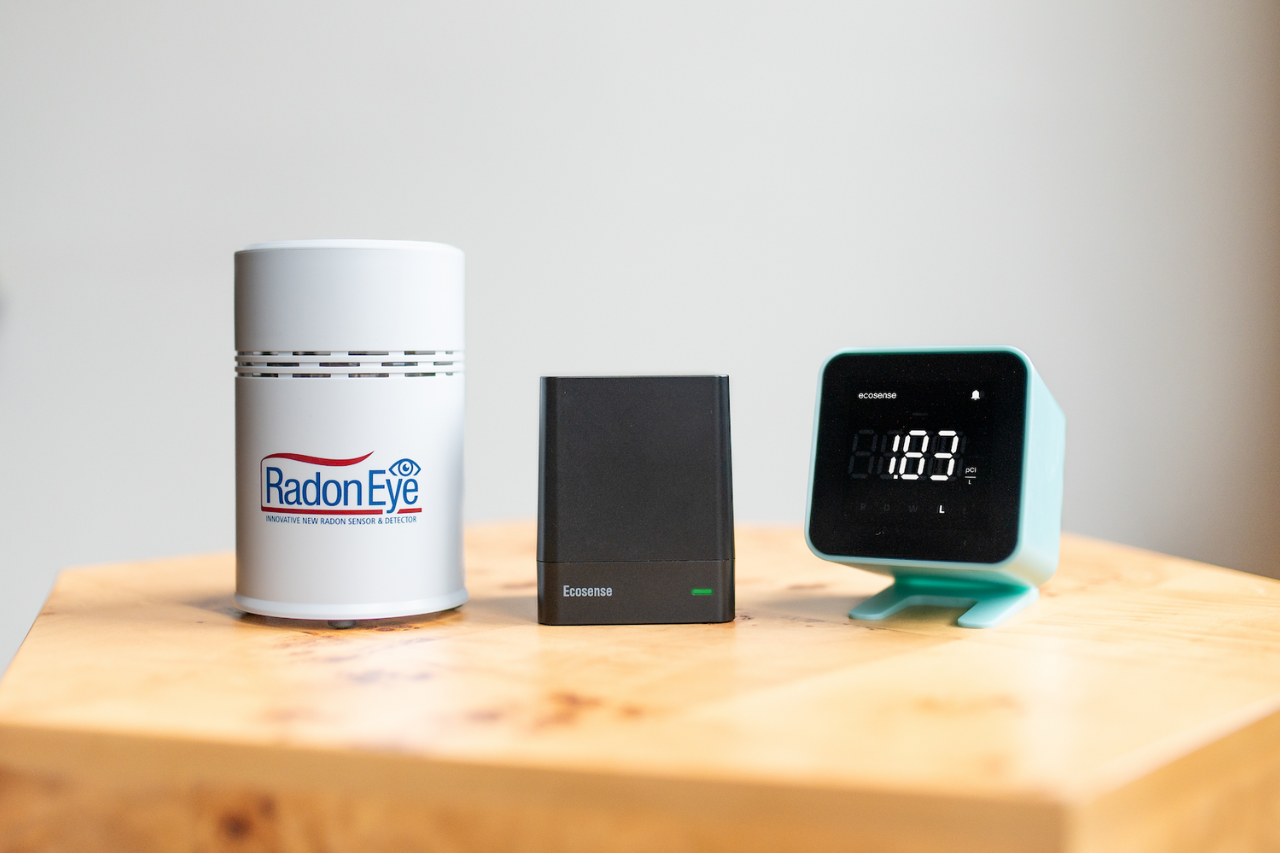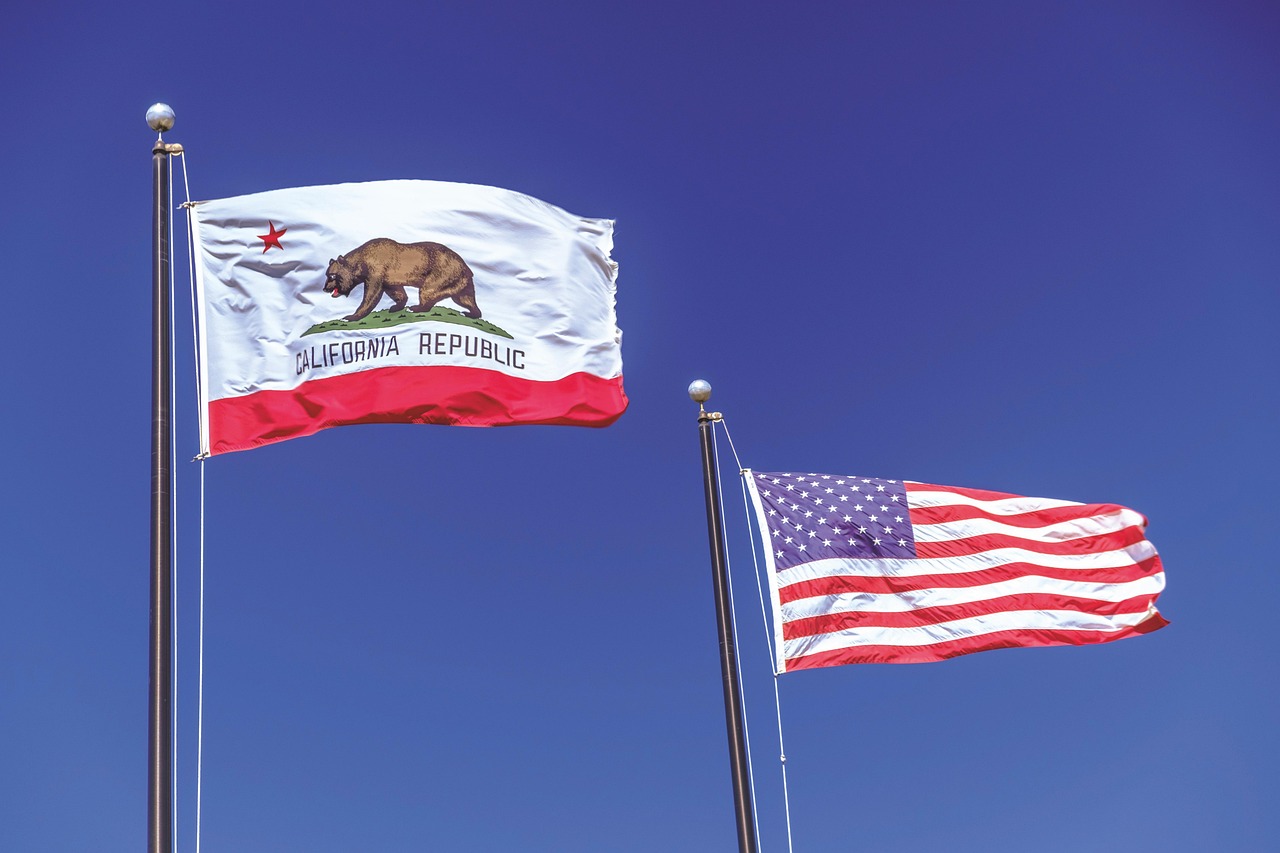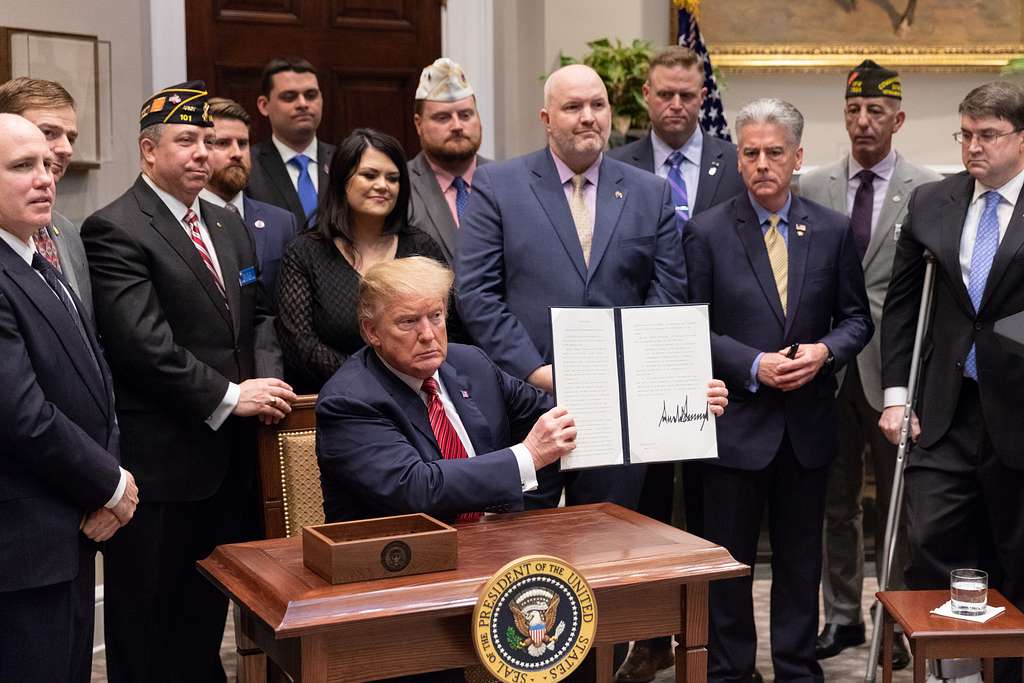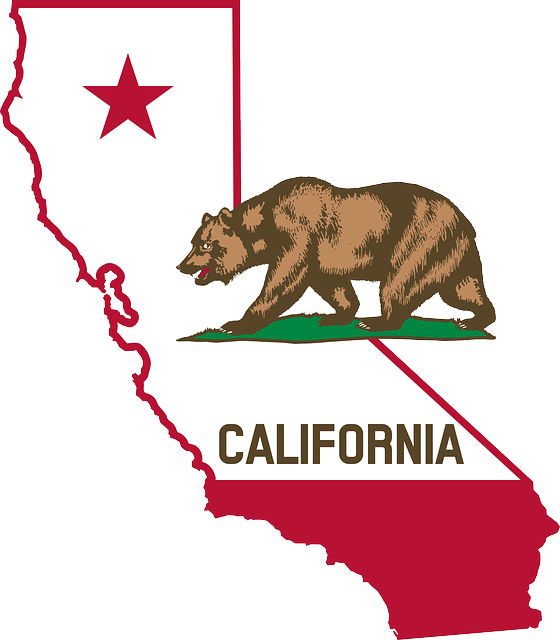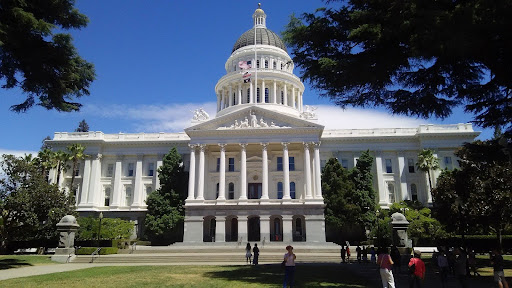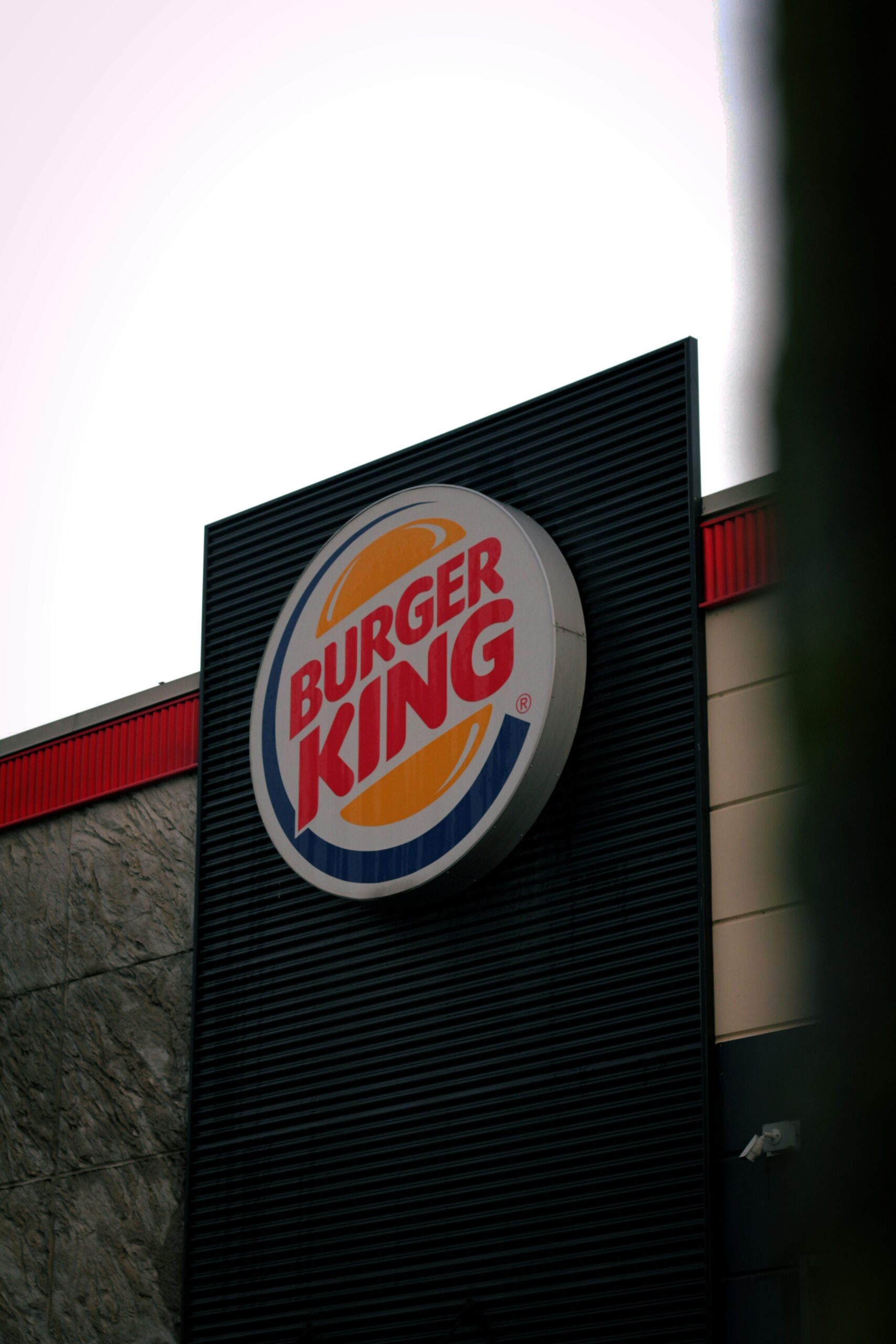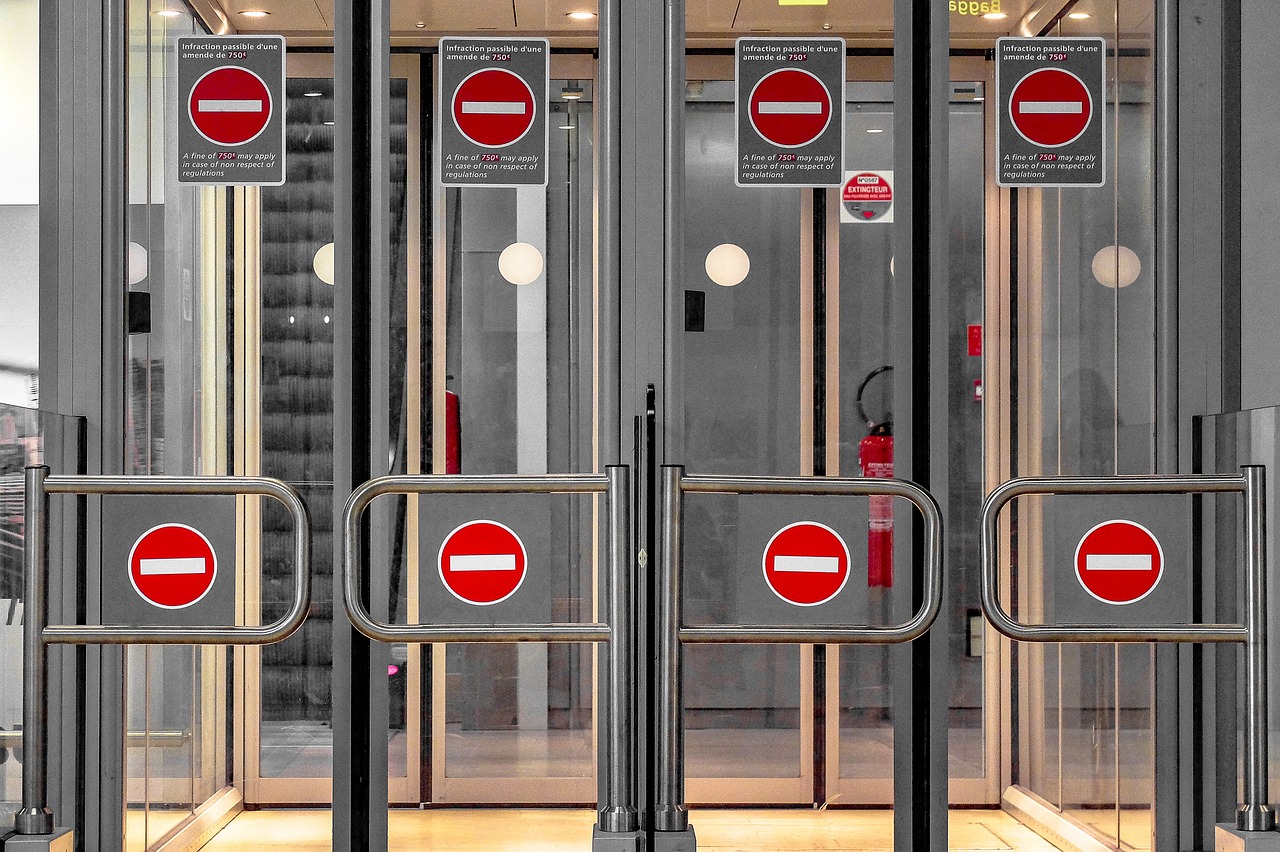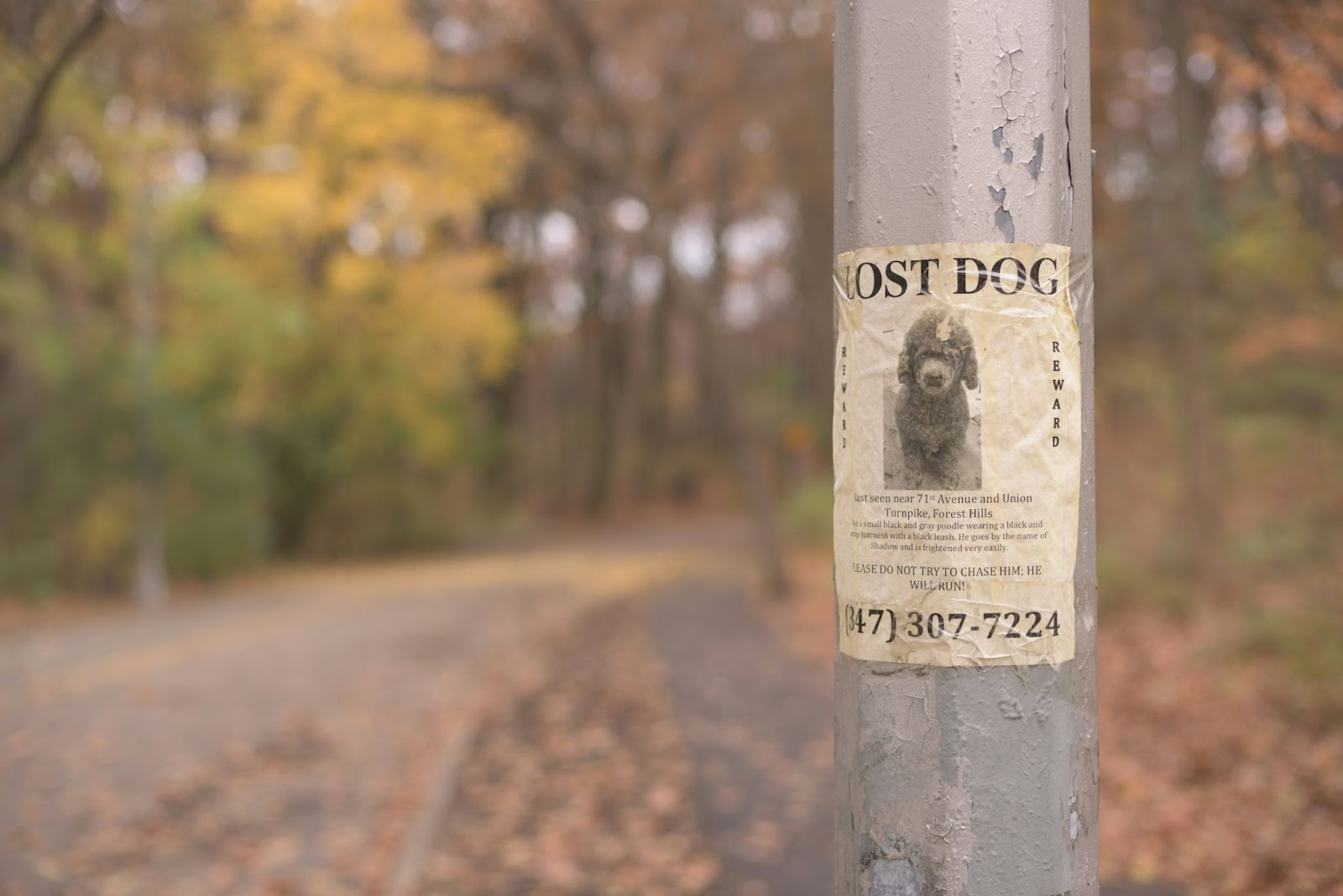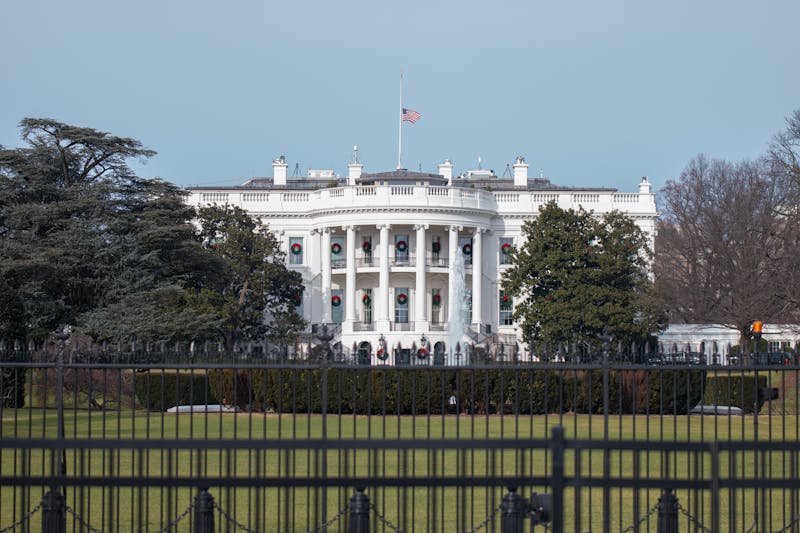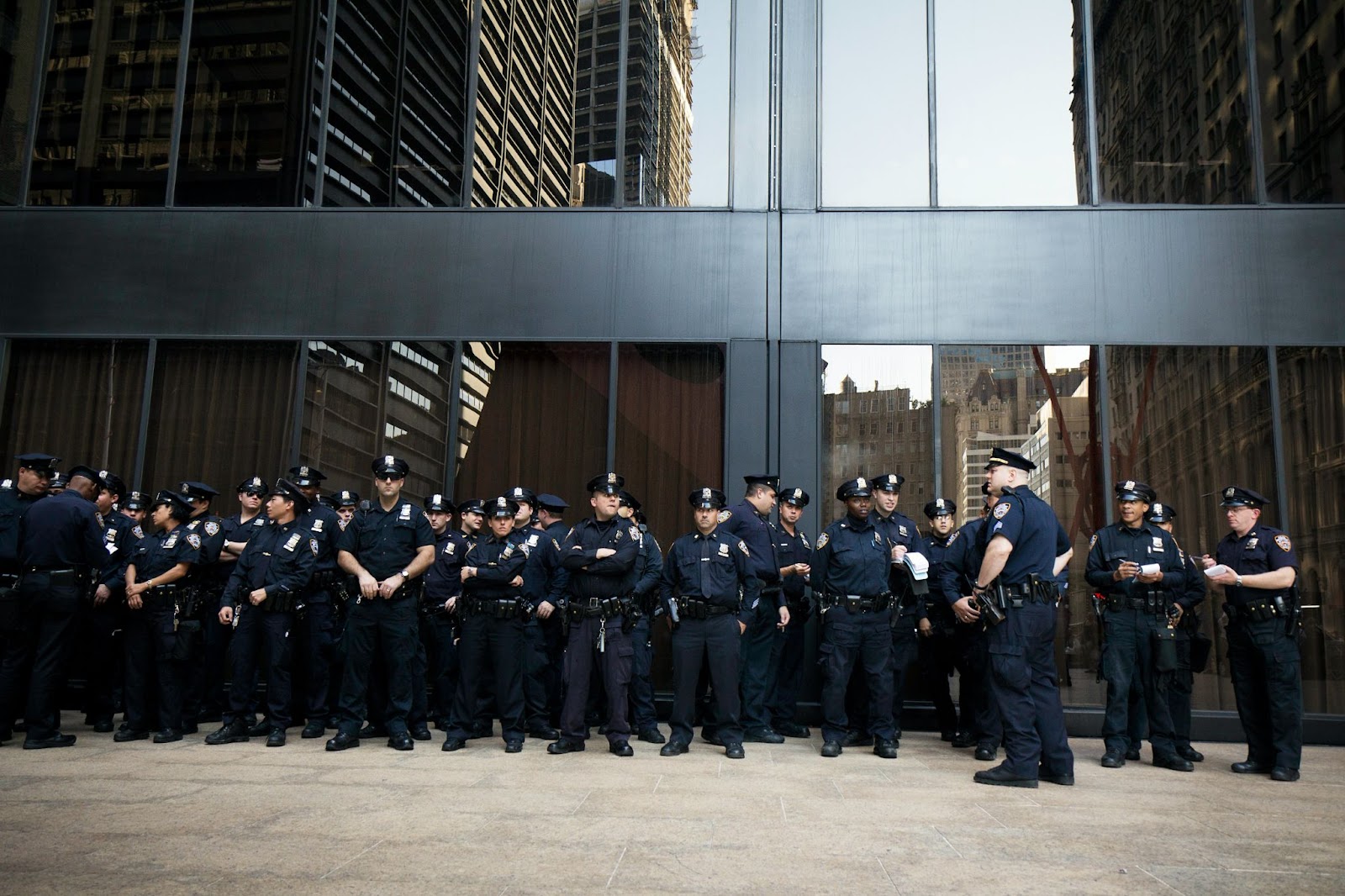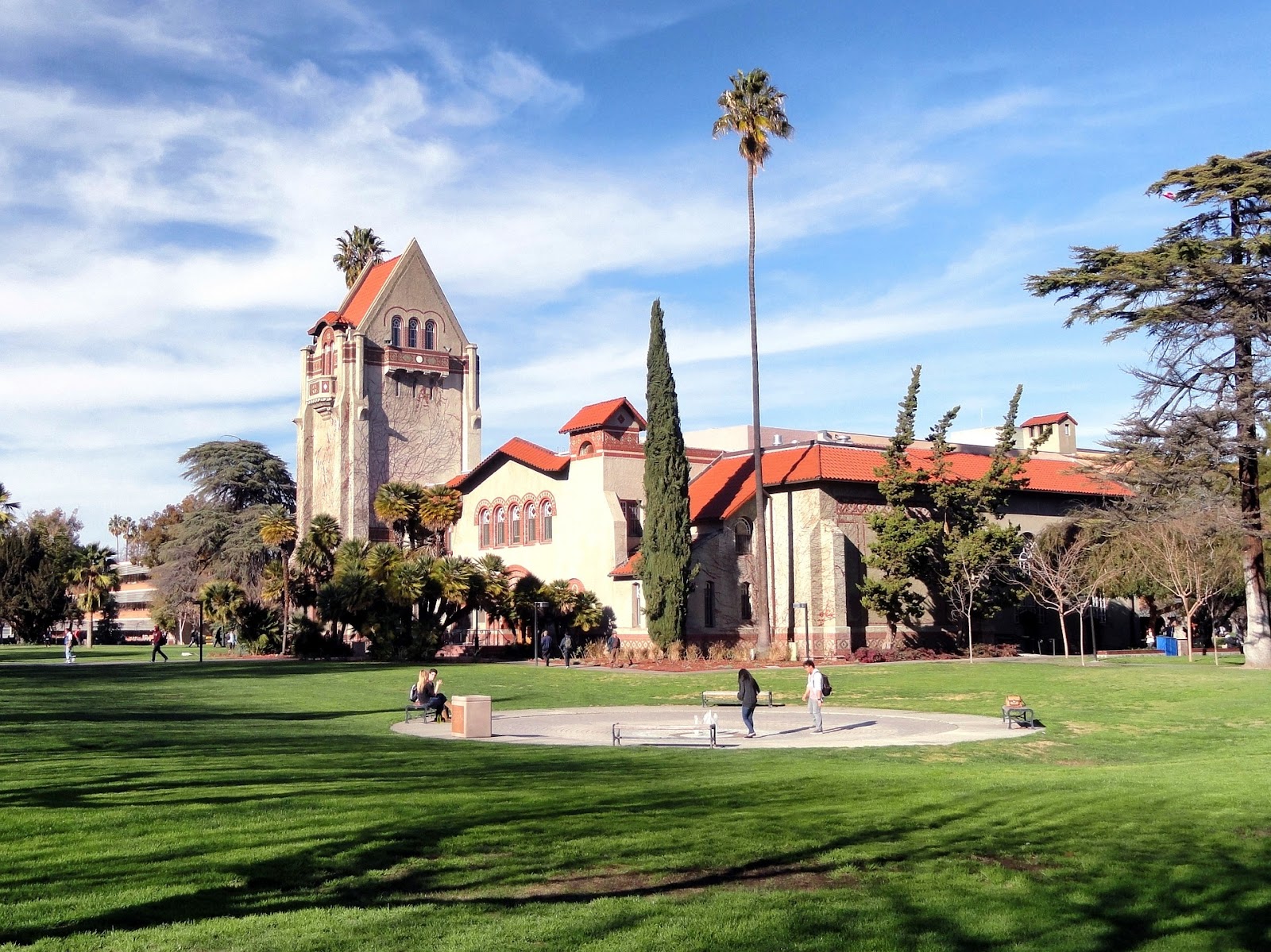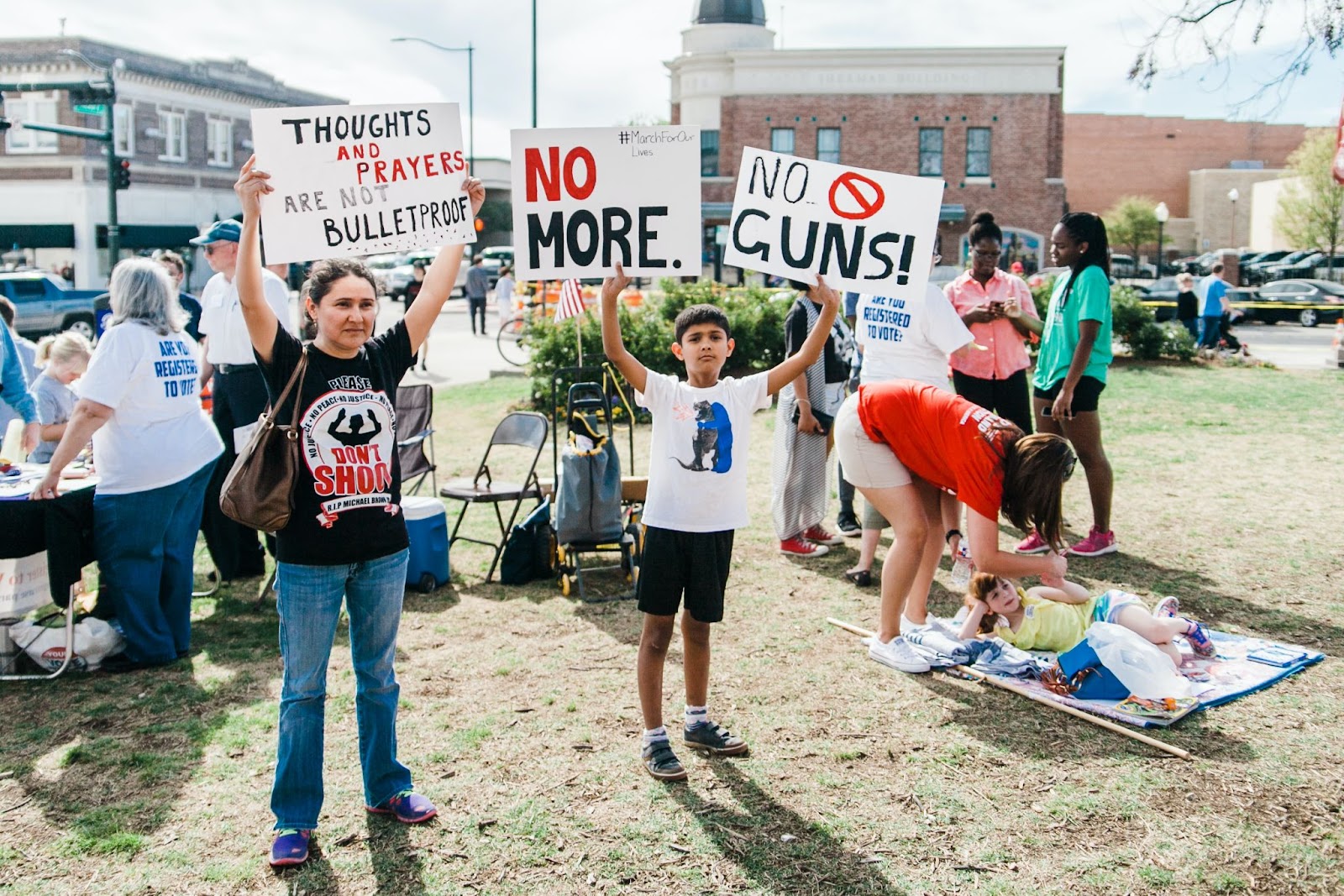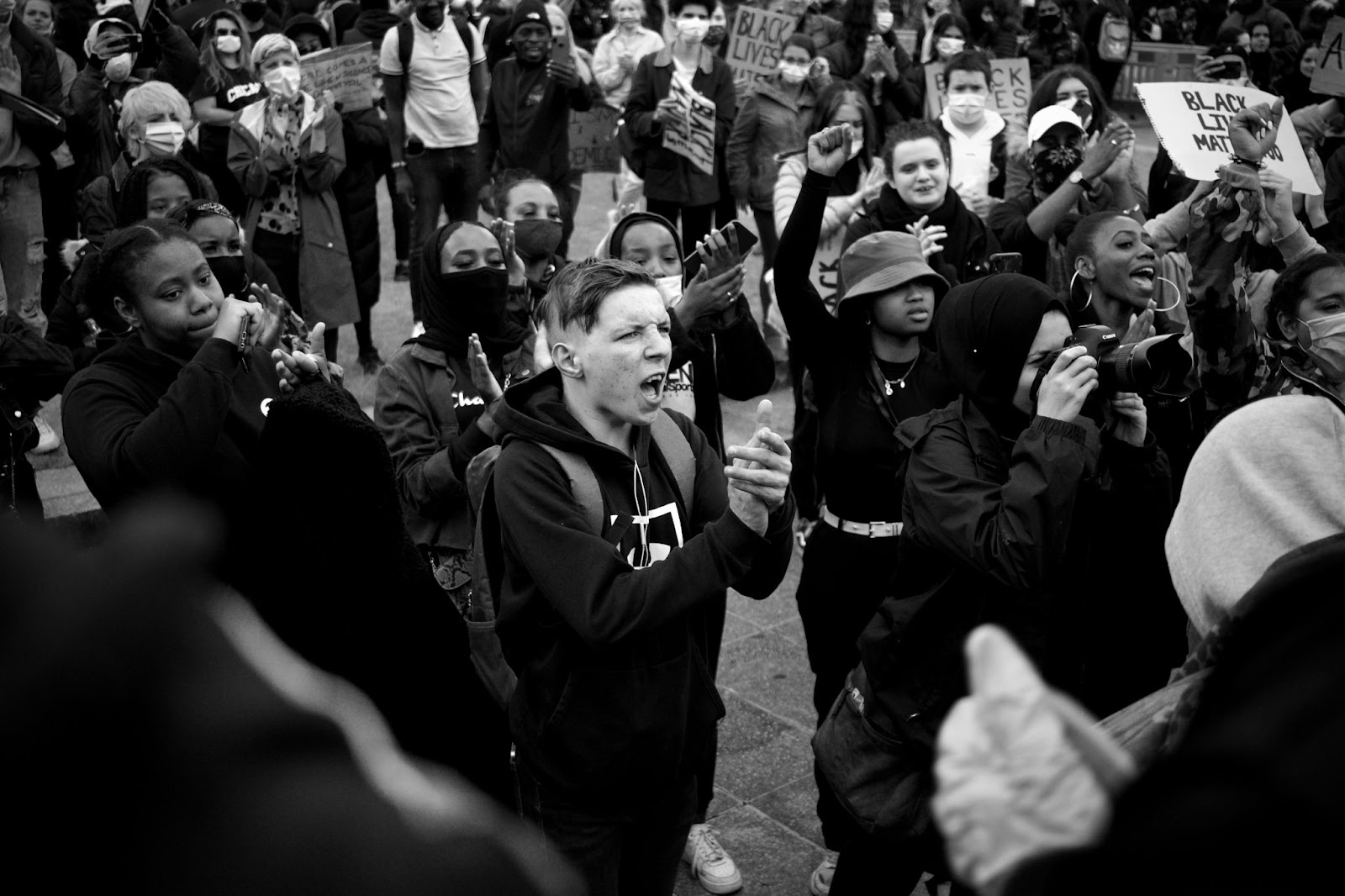Despite a strong campaign and bipartisan support, California Governor Gavin Newsom’s centerpiece proposal to alleviate homelessness, Proposition 1, narrowly passed. This could suggest rising voter exhaustion and frustration with the state’s ongoing issue.
A key component of Governor Newsom’s plan to combat homelessness is Proposition 1, which aims to boost funding for housing and drug rehabilitation centers. The fact that the measure narrowly passed in spite of Newsom’s political influence and a multi-million dollar campaign underscores the substantial obstacles in resolving the homelessness epidemic.
Bipartisan support for Proposition 1 from politicians, city mayors, hospitals, and first responders was just one aspect of Newsom’s massive campaign effort. With more than $13 million set out for promoting television commercials and a calculated action to ensure the measure made it into the March ballot, Newsom showed confidence in its prospects.
However, the close passage of the proposition, passing by less than 29,000 votes out of a total of over 7 million ballots, highlighted the pervasive problems with homelessness in California. Approximately 181,000 Californians still need a place to live despite the state spending enormous sums of money on various assistance initiatives. $22 billion of this was given by Newsom’s administration.

Newsom has prioritized addressing homelessness with initiatives like converting run-down hotels into shelters for the homeless and sponsoring treatment facilities. Proposition 1, a tax on millionaires adopted by voters, was designed to provide housing and mental health and drug addiction assistance for the homeless.
Two-thirds of these funds would have to go toward housing and associated services for counties to comply with the plan. The proposal also permits the state to borrow $6.38 billion for the purpose of constructing treatment centers and homes for veterans, with an emphasis on increasing mental health care.
While many voters agree that homelessness is a serious problem, several expressed doubts about the state’s growing fiscal deficit and the efficiency of previous investments. Analysts observed that voters are becoming less inclined to adopt expensive ballot proposals, especially in light of continuing difficulties.
Political divides were also brought to light by the proposition’s narrow win; conservative voters may have opposed the initiative in protest of Newsom’s leadership. Furthermore, the lack of a strong contest in the primary election could have reduced Democratic turnout, which would have impacted the proposition’s margin of victory.
Proposition 1’s opponents, including some county officials and social service providers, expressed worries about how the measure might affect already-in-place homelessness prevention initiatives. Opponents contended that the measure’s emphasis on housing and treatment may obscure more comprehensive approaches to dealing with the underlying causes of homelessness.
In the future, Democratic leaders in Sacramento may face difficulties when they draft other ballot initiatives with high price tags. As public pressure to provide concrete results increases, lawmakers are considering measures worth up to $80 billion for housing, climate change, and education.
Proposition 1 serves as a reminder of the complexity surrounding homelessness in California and the need for all-encompassing, long-lasting solutions to solve this urgent issue, even with its narrow success.








